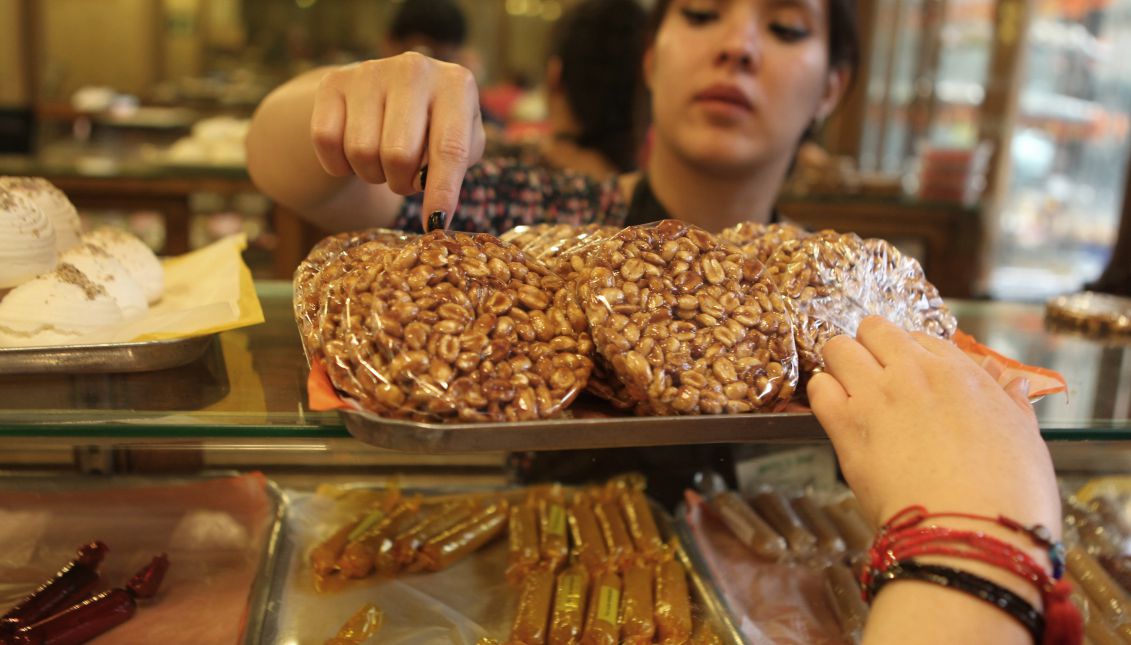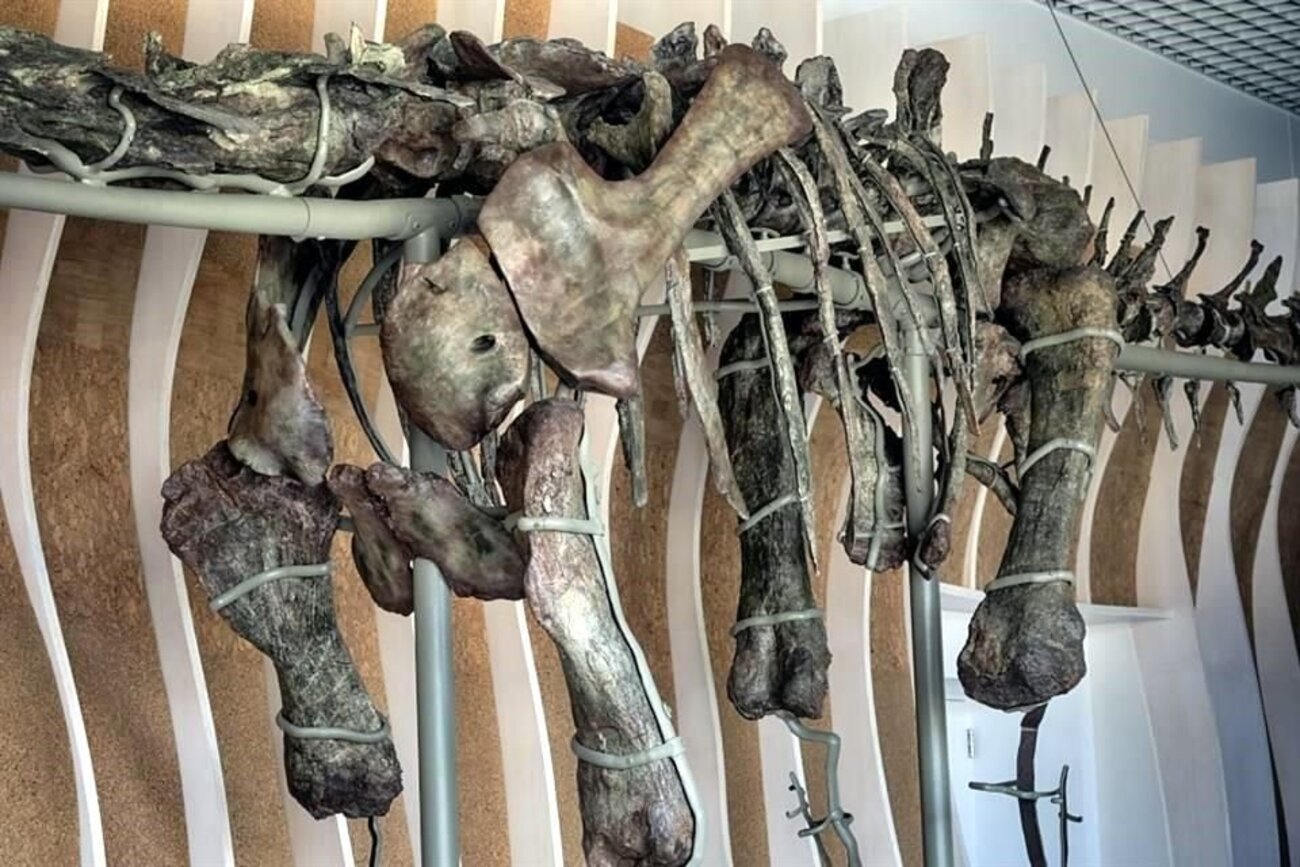
Mexico, Sweet Mexico
Mexican candies in all their colors, shapes and sizes are not only a regional and national gastronomic tradition, but are also a historical landmark, since their mestizo heritage from the days of the Spanish Conquest makes them a part of history.
This culinary art, with its fusion of Spanish and indigenous cuisine, passed early on from convents to artisanal workshops, from the good sisters' hands to those of mulatto slaves, to become tasty bites of Mexican culture.
A wide variety of regional products make up Mexico's traditional confectionary, with the use of different fruits marking the state identity of each candy.
"Puebla, the central state of the republic, has the most typical candies, followed by Mexico state, Guanajuato, Michoacan and Tlaxcala," Luvin Bermudez, a merchant in the La Merced confectionary market for the past 20 years, said.
With more than 300 candies plus a fruit-flavored sweet potato, Puebla offers such delicacies as "borrachitos" (little drunkards), which are rolls of flour and sugar spiked with a bit of liquor. Or one can try the marzipan, peanut paste, and the "mueganos" of wheat flour and caramel.
The list of such sweetmeats goes on forever, wherever the traveler goes in Mexico.
This "universe of flavors." handmade with honey extracted from cornstalks, the agave and prickly pear, pre-Columbian sweeteners still in use, was for awhile totally replaced by substitutes made of the sugarcane Spaniards brought to Mexico.
CONTENIDO RELACIONADO
It was Christopher Columbus who brought sugarcane to Santo Domingo in the year 1493, and Hernan Cortes who decades later got it distributed widely on the American continent.
The cultivation of this crop in the central and southeastern parts of Mexico popularized the use of sugar, making it the basis of widespread agricultural, commercial and industrial enterprises, and sparked the development of a national confectionary tradition.
The production of a vast variety of sweet candies "has been a very important tradition in Mexico for many years," and savoring it brings back memories of childhood or reminds people of their native land while traveling in another country," the candy merchant said.
Though Mexico's typical candies can be found in the streets and markets all year long, these delicious treats have their own special dates when consumption is at its highest.
The next high seasons are in September during the time of the five National Holidays, in November for the Day of the Dead, and in December for the Christmas holidays.










DEJE UN COMENTARIO:
¡Únete a la discusión! Deja un comentario.